Talking about a U-turn…
Oracle must have thought: “If you can’t beat them, join them.”
A few quotes from the article on Wired.com that I linked below:
Just four months ago, Oracle released a very official-looking corporate white paper intent on “debunking the hype” surrounding the NoSQL movement — a widespread effort to build a new breed of database that can juggle vast amounts of “unstructured” information in ways a traditional Oracle database can’t.
“The NoSQL databases are beginning to feel like an ice cream store that entices you with a new flavor of the month,” the white paper read. “[But] you shouldn’t get too attached to any of the flavors because it may not be around for too long.”…
Last week, a few words sprinkled onto the OpenWorld website indicated that such a database was on the way, and with his Monday morning keynote, Oracle executive vice president of product development Thomas Kurian officially acknowledged the unkept secret, announcing that the Oracle NoSQL Database will be included with a new hardware system known as the Oracle Big Data Appliance. Big Data is the moniker du jour for the epic amounts of unstructured web data facing many of today’s businesses, and with the new appliance, Oracle is embracing not only NoSQL, but Hadoop, the other open source movement so often associated with the term.
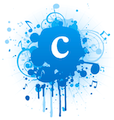
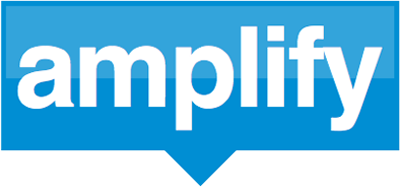
 Next to the website you are looking at right now, there is an other blog I maintain that resides at
Next to the website you are looking at right now, there is an other blog I maintain that resides at  Today I found a great article about the audiophile of yesterday and today. I recognize myself when the author describes Laurie Monblatt’s listening room. One of the best ways for me to spend time on a free afternoon is to listen to music, preferably from CD or high-resolution formats as SuperAudio-CD (SACD) and DVD-A.
Today I found a great article about the audiophile of yesterday and today. I recognize myself when the author describes Laurie Monblatt’s listening room. One of the best ways for me to spend time on a free afternoon is to listen to music, preferably from CD or high-resolution formats as SuperAudio-CD (SACD) and DVD-A.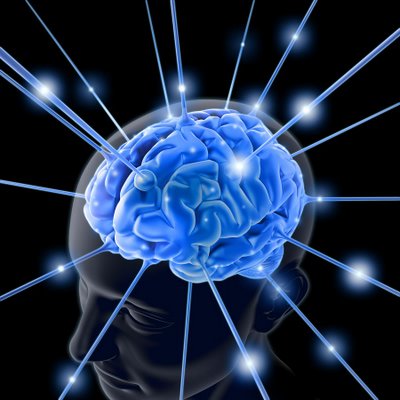
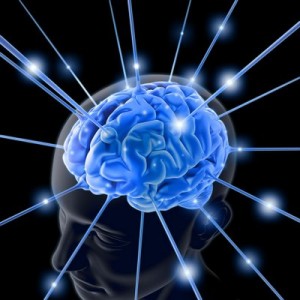 The following article encourages me even more to attend meditation classes in the near future. If an eight-week meditation program already generates measurable effects, I am curious what the results would be like if you followed a regime of meditation for one year, a few years or even more.
The following article encourages me even more to attend meditation classes in the near future. If an eight-week meditation program already generates measurable effects, I am curious what the results would be like if you followed a regime of meditation for one year, a few years or even more.
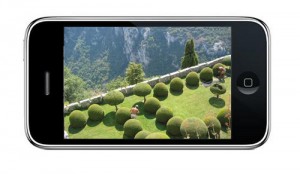 On an iPhone, every app lives in its own “walled garden”. An app can only read and write files in its own document folder and cannot access the document folders of other apps or files of the core system.
On an iPhone, every app lives in its own “walled garden”. An app can only read and write files in its own document folder and cannot access the document folders of other apps or files of the core system.